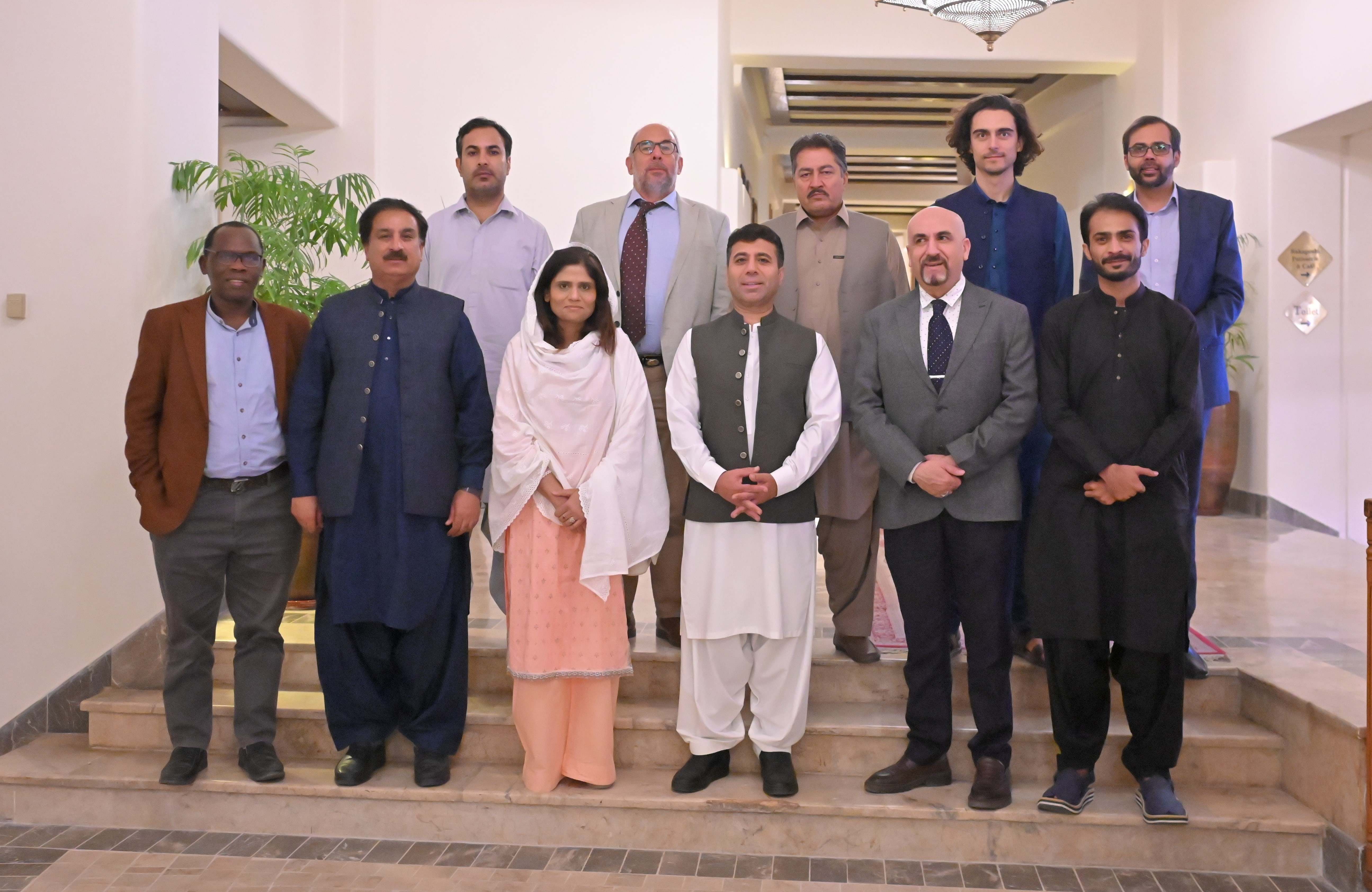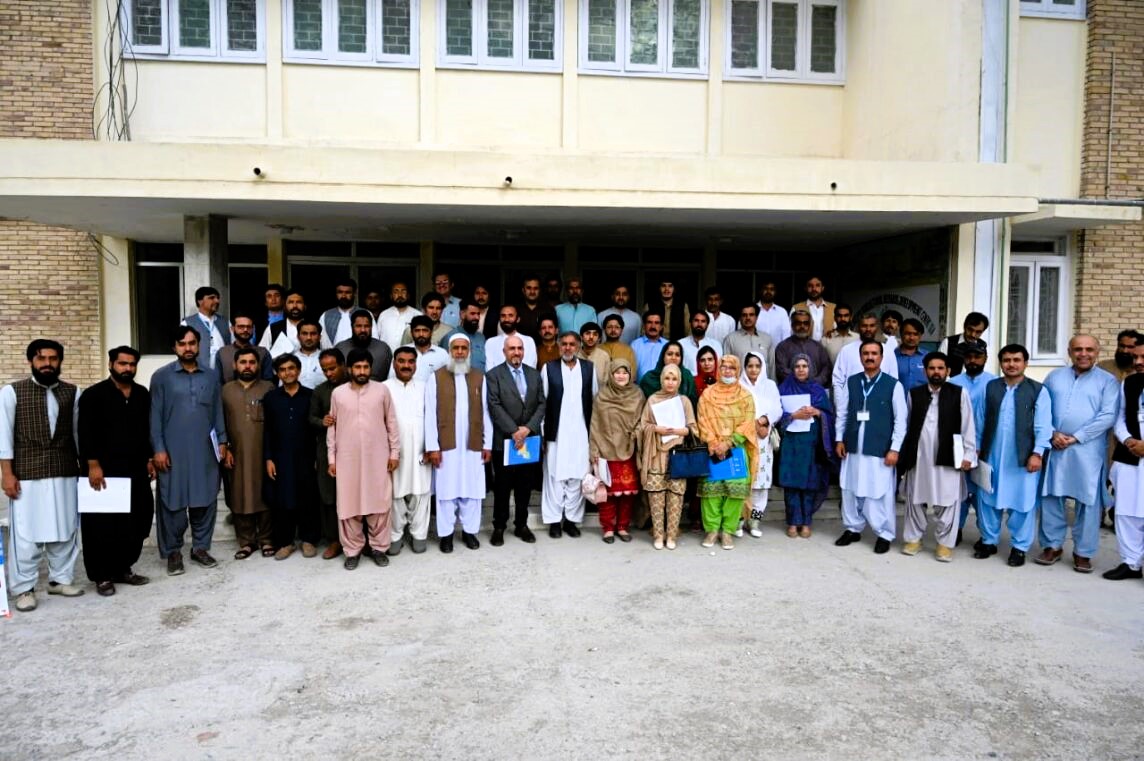Quetta, July 15, 2024 – Quetta, July 15, 2024 – The Food and Agriculture Organization...
The Chilgoza forests are mainly located in the dry temperate zone of Pakistan, where there is less rainfall compared to snowfall. Chilgoza trees grow between 2000 to 3350m above sea level in the Hindukush- Karakoram-Himalaya region of North Pakistan. Chilgoza pine forests hold tremendous importance from both ecological and socio-economic...
World Cotton Day commemorated to promote safe use of pesticides and improve livelihoods
09 October 2019
09 October 2019
Since 2016, growth of the cotton production and cotton industry has seen a downward trend. This has not only adversely affected performance of the agriculture sector but has also slowed down the overall economic growth of the country and impacted small holder farmers livelihoods. Currently, the share of cotton has...
Beating Plastic Pollution -- Every little step matters
08 October 2019
08 October 2019
The Food and Agriculture Organization of the United Nations (FAO) has joined hands with project miracle to take the first step to beating plastic pollution. In Pakistan, while working to eradicate hunger, malnutrition and poverty, FAO is making strides to ensure that it does so in a sustainable manner —contributing...
Enhancing Productivity and Sustainability of Food Production among Vulnerable Farmers
25 September 2019
25 September 2019
Multan – As population continues to grow, greater demand is placed on agriculture to increase productivity. Peace and security are tied to food security and all efforts must be made to ensure productivity and sustainability of food production, especially among the smaller more vulnerable farmers. Based on the floods and...
Controlling Desert Locust Outbreak in Pakistan
25 September 2019
25 September 2019
The fourth Indo-Pak Desert Locust Border Meeting of the year 2019 was held between the locust officers of Pakistan and India with support from the Food and Agriculture Organization of the United Nations (FAO) to contain locust outbreak. This meeting followed the recommendations of the FAO Commission for Controlling the...







